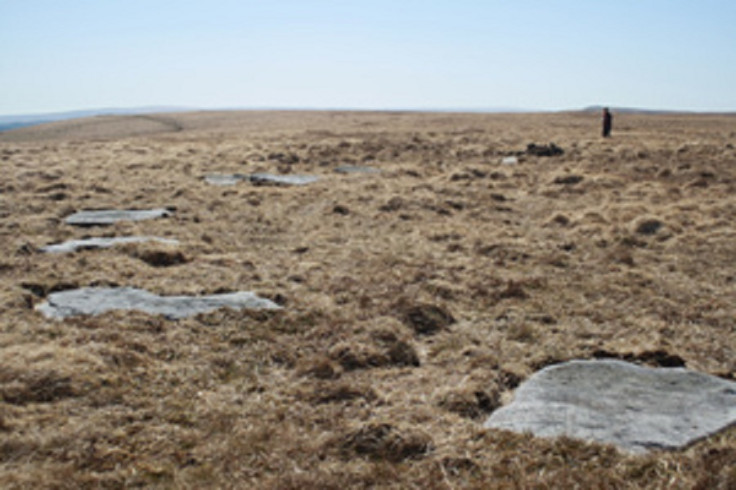Neolithic stone circle discovered on Dartmoor that could predate Stonehenge [Video]

Stone circles older than those found at Stonehenge have been discovered on Dartmoor, archaeologists have announced.
The stone circle is the highest ever found in southern England, sitting 525m above sea level – it would have had panoramic views in all directions.
It has a diameter of 34m, making it the second largest stone circle on Dartmoor. It is the first to be discovered on the high moor for over a century and experts say it fits in well with the pattern of a "sacred arc" of similar stone circles found around the north-eastern area of Dartmoor.
The circles was found close to Sittaford Tor, with the first stones identified a few years ago. A geophysical survey has now shown there were 30 stones, with another lying in a gap just outside the circle.
Researchers believe the stones came from Sittaford Tor and were fairly uniform in size, suggesting they had been carefully chosen. The pattern also suggests some planning and liaison between communities living on Dartmoor at the time.
They date to the late Neolithic/early Bronze Age – between 5,000-4,000 years ago – meaning they could predate the stone circle at Stonehenge.
Jane Marchand, senior archaeologist at Dartmoor National Park, said: "Some preliminary radio carbon dating has already taken place on soil samples taken from directly beneath two of the stones. These are the first radiocarbon determinations from a Dartmoor stone circle. The dates have produced very similar results and calibrate to the end of the third millennium BC (4,000 years ago). This indicates the date by which the stones had fallen."
The upright stones would have been "very impressive", experts said, with the structure dominating the landscape surrounding.
The full results from the geophysical surveys are not back yet, but preliminary evidence suggests there was a wide ditch running outside the eastern side of the circle.
"Its discovery is providing an opportunity for investigation using the very latest archaeological scientific methods to provide long awaited insights into the chronology, construction and the purpose of these most elusive and iconic of Dartmoor's prehistoric monuments," Marchand added.
© Copyright IBTimes 2025. All rights reserved.






















